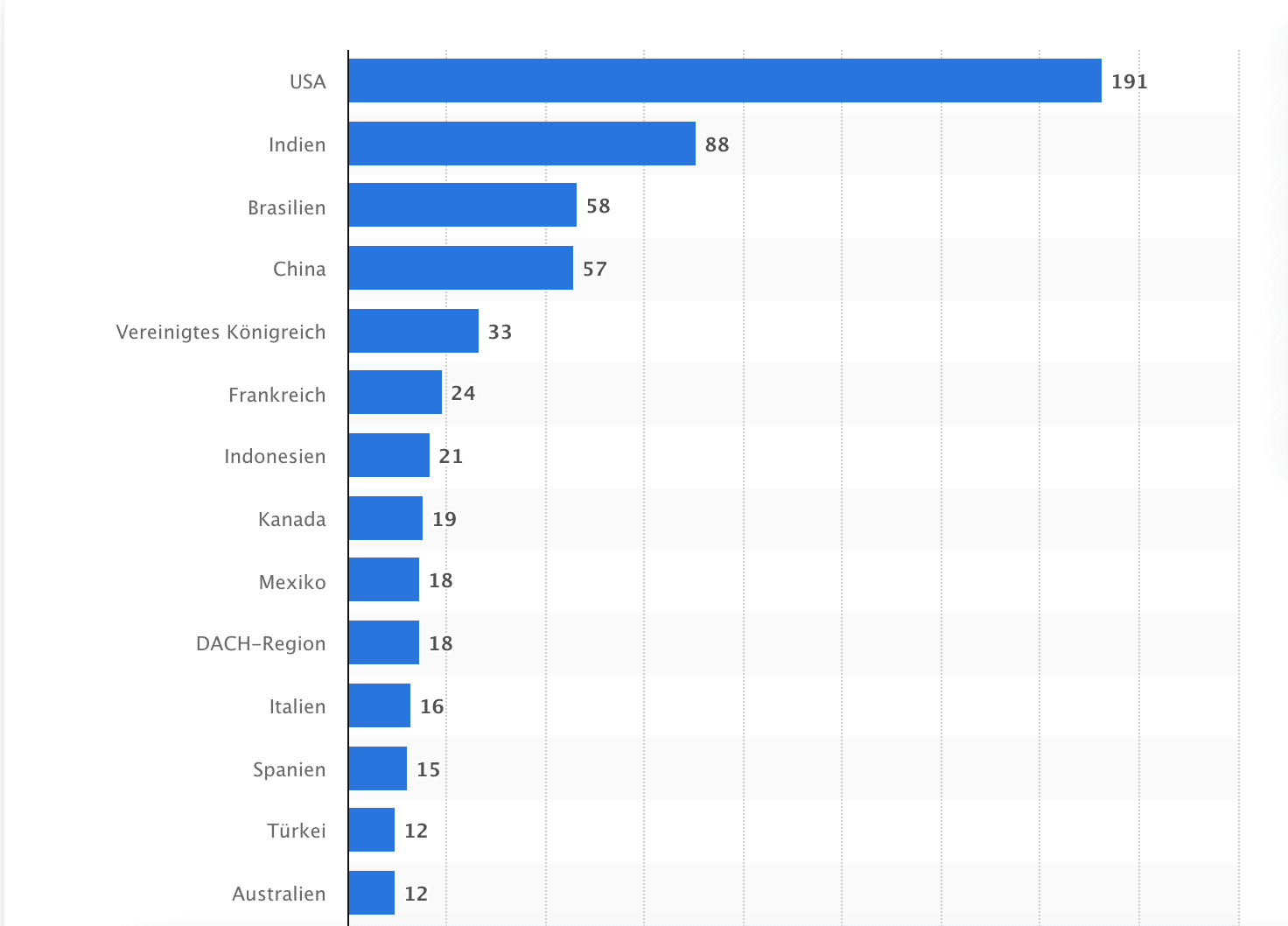Building personal branding on LinkedIn
Building a strong personal brand on LinkedIn – essential for sales & marketing professionals!
What is personal branding? Why do you need a personal brand in the digital age? How can you start, stand out and stay authentic? What makes you the person you are? How can you inspire people and turn them into customers?
Corporate brand vs. personal brand
Think about your everyday life. You wake up, reach for Colgate toothpaste, eat your favourite Schwartau jam, drive a Mercedes Benz, go to the same bakery or florist. Why do you do this?
The reason is simple: you trust companies, brands and services. Because you know that you will get a certain quality from them. Automatically, your subconscious directs you there. It is so deeply anchored in you that you don’t even notice it.
If we look at the whole thing in the digital world, we come across the term personal branding more often. This is specifically about you as a person. You are not advertising a product or service, but yourself. It is the core characteristics of your personality, uniqueness, skills, values, beliefs, ideas, know-how and goals in your life.
Because, each person is individual and automatically stands out from the others. In concrete terms, this means: How do you see yourself? How do others see and talk about you?
If you use your personal brand correctly in combination with your business, it will lead to long-term success.
Why is personal branding on LinkedIn important?
According to Statista, 830 million people use LinkedIn worldwide. Of these, 18 million users are in the German-speaking (DACH) region. Thus, there are enough potential business relationships worldwide and in the DACH region.¹
LinkedIn is increasingly and more frequently used as an additional sales and marketing tool. Precisely because sales and marketing professionals can develop potential business relationships and win customers, it is important to also build your strong personal brand step by step. Perhaps you have even subconsciously built a personal brand offline and are not aware of it?
Reflect on yourself. Are you the person who gives your network an orientation and generates trust? Then you have reached a milestone. People trust people. People buy from people.
What goals are achieved through personal branding?
Personal branding will help you in the long run:
- Get into visibility to be noticed by your target audience.
- You will expand your network and attract customers and people.
- Your expertise will be marketed to the outside world with the help of a sustainable content and communication strategy.
- You will attract the attention of companies and speak to important decision-makers.
- Your turnover and sales will increase as a result.
- You will stand out as an expert through interactions with and within the network.
- You will be invited to speak on industry-specific topics at events, podcasts or interviews.
Sounds good, doesn’t it?
The right personal branding strategy for your goals
Building a personal brand can take several months to years. Remember, you are not entering a sprint, but a marathon. No one becomes a star overnight. This makes it all the more important to put in the work and effort at this point. This is exactly what will help you in the long run to become visible. The be-all and end-all is: stay patient, authentic and genuine. Don’t copy others, but stay true to yourself.
1. Define your personal brand core
Your brand core is elementary and the basis. This is the basis for important information that you transfer to LinkedIn, position yourself and communicate to the outside world.
Work out the following points:
- What characteristics make you stand out?
- What goals and visions do you have?
- What values and beliefs do you live by?
- What skills do you have?
- What behavioural patterns do you have?
- What professional and personal know-how do you possess?
- What occupation do you pursue in your free time?
- What are your strengths and weaknesses?
Take a large sheet of paper, pens and create a mind map. In the middle is your name, from there you derive the questions. When you have finished the exercise, go for a walk outside, sit down again and write down everything that comes to your mind.
Now take a second piece of paper and write your name in the middle again. This time, go over the points again, but from a stranger’s point of view. Put yourself in the shoes of your colleague, boss, partner or friend. What do they think about you? Even better: ask them directly.
The self-perception and the perception of others will help you to create clarity in order to give a differentiated and, above all, clear view of your person.
2. Know your target group!
You now know your brand essence. Next, you should know who you want to address.
- In which areas / industry does your target group work?
- How well do you know the industry?
- Do you want to reach C-level or decision-makers?
- What problems and challenges do you want to solve?
- What are the intersections between your target group and existing customers?
3. Your content and messages
Once you know your target group, the next step is to address them correctly and in a targeted way.
- What is their core topic? Attention: Focus on 2-3 topics so that you do not overwhelm your target group!
- What do you want to be perceived and visible for?
- What is your Unique Selling Point and how do you stand out from the rest?
4. Content and communication on LinkedIn
Now you know your brand essence, your target group, your content and messages. The next important step is content communication on LinkedIn:
- Which problems and topics are always in focus in your industry?
- What added value can you provide?
Break down your content into expert content, social content and feedback content:
- Expert content: This should really be about your topics, where you position yourself in order to be perceived as an expert.
- Social Content: Share little glimpses of your life from time to time, but don’t tell about your dog eating your sausage sandwich.
- Feedback Content: Underestimated, but great potential. Get testimonials and recommendations from existing customers. Using the LinkedIn function in your profile, you have the possibility to ask for recommendations. This builds trust with potential new clients who have not worked with you before.
Conclusion
Personal branding is your digital business card. It is a process – so don’t put yourself under pressure. If you know what you stand for, what makes you tick, if you know your brand essence, then you will achieve your personal and professional goals much better. Be courageous and show your true self. Because only in this way will you, with your unique personality, offer people added value, win them over and inspire them.
Notes:
Do you want to develop and expand your personal branding? Contact Oezlem Sevim directly on LinkedIn – it’s worth it!
[1] Statista: LinkedIn User July 2022
If you like the article or want to discuss it, feel free to share it with your network.

Oezlem Sevim
Oezlem Sevim is the founder of Sevim Consulting LTD and lives on the sunny island of Cyprus. After completing her business degree and 6.5 years of sales experience, she decided to emigrate and consult B2B companies, especially sales and marketing professionals, teams and executives. Knowing how difficult it is to bridge the gap between the offline and online worlds, her focus is on making that connection.
Her services include workshops, seminars and 1:1 one-to-one consultations. Her mission is to help people identify their brand essence in order to become authentically visible with their personal message.
